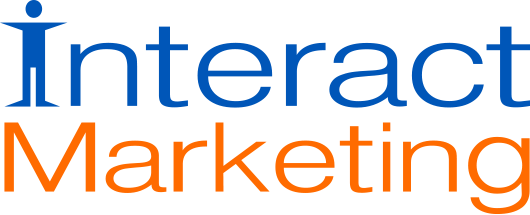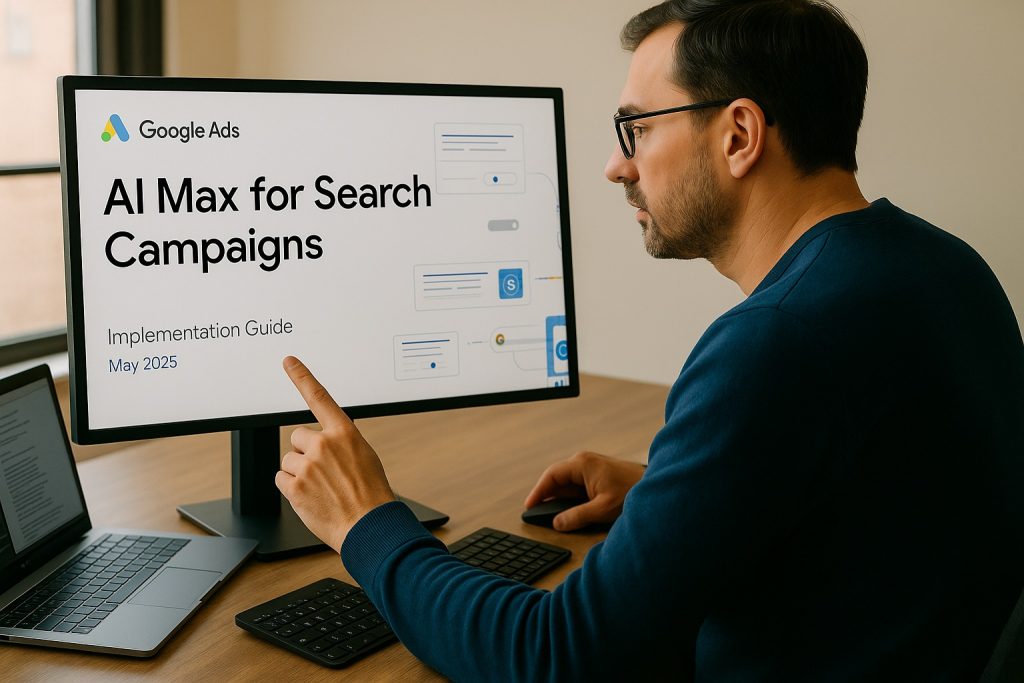Google Ads AI Max and What Early Tests Show
Hype is easy. Proof is slower. Early account runs of Google Ads AI Max look mixed at best. Some campaigns hold their own. Others pay more for the same leads and surface noisier queries. That does not make AI a dead end. It means you test it with guardrails and judge it on money, not vibes.
Where Google Ads AI Max tends to stumble first
Intent gets fuzzy. Broad automation can chase near matches that read right but convert wrong. CPCs creep while the model “learns.” If volume is small or highly qualified, Google Ads AI Max often loses to disciplined phrase and exact. In bigger data sets it can stabilize, but early days feel messy if the inputs are messy. Treat that as a design problem you can fix.
Preflight checklist for a fair test of Google Ads AI Max
Do not toss it into a busy sandbox and pray. Build a clean lane.
- Split a new campaign with the same geo, device mix, and schedule as your control group
- Set a hard daily cap and a realistic tCPA or tROAS from current blended results
- Exclude brand terms so the model cannot hide behind easy wins
- Import offline conversions or apply value rules so quality beats raw lead count
- Start with two or three clear ad messages per ad group, not a dozen muddled lines
Guardrails that keep spend sane
Give Google Ads AI Max freedom, not a blank check.
- Negative list at launch: competitor names, irrelevant verticals, low intent phrases you already know are waste
- Audience hygiene: observed audiences for stability, remarketing layered for signal, expansion allowed only after baseline holds
- Placement discipline on extensions: turn off shiny assets that invite clicks without intent
- Budget pacing: check midday and end of day the first week, then shift to a regular rhythm once spend stabilizes
Query control without strangling discovery
The model needs room. You still decide the neighborhood.
- Scan search terms twice a week at minimum, daily in week one
- Promote winners into their own ad groups with tighter copy and exact or phrase
- Kill repeated dead ends fast so the model learns the boundary line
- If long tails start to drift, narrow geography or pin ad copy lines that anchor intent
Creative that helps the model help you
Automation amplifies the inputs you give it. Feed it specifics.
- Headlines that say what you do, where, and for whom
- Distinct value props so the system can find a winner, not variations of the same sentence
- Sitelinks that point to real next steps, not generic pages
- A single tight offer per ad group so the landing page maps cleanly to the query
How to score the test without bias
Judge on cash efficiency, not surface metrics.
- Use cost per qualified conversion, not raw CPA
- Normalize by lead score or revenue where possible
- Track incremental volume from terms your control set cannot reach
- Require Google Ads AI Max to match or beat the blended efficiency of your current mix before it earns budget
If AI Max trails after a fair shot
No drama. Bank the learning.
- Promote the winning queries to exact or phrase and tighten ad relevance
- Roll the budget back to proven geos, hours, or devices that still clear your targets
- Keep the creative winners and reuse them in the control set
- Revisit Google Ads AI Max in a lower risk area like remarketing or high volume accessories where cheap signals are abundant
When AI Max makes sense anyway
You sell a high volume SKU with simple intent. You run in markets where new queries keep appearing. Your CRM can feed back real revenue, not just form fills. In those cases Google Ads AI Max can add reach without wrecking the unit economics. Start small, measure hard, expand only where it pays.
A weekly cadence that keeps you in control
Monday: pacing check, search terms sweep, add two negatives, promote one winner
Wednesday: creative rotation, pin the line that is carrying conversions, unpin once stability returns
Friday: budget reallocation across campaigns based on actual cost per qualified conversion, not spend quota
Quarterly: refresh value rules, recalibrate tCPA or tROAS to reflect the last 90 days, not last year
Signals that tell you to pause fast
- Branded conversions rising inside the test even though you excluded brand terms
- Surges in low time on site leads or duplicate form fills
- Spend burning through top of funnel queries that never show up in pipeline
Any two of those at once and Google Ads AI Max goes to timeout until inputs are fixed.
What this means for your mix
Automation is a tool, not a strategy. If it earns its seat, great. If it lags, exact and phrase still print reliable returns when the query map is tight and the landing page answers fast. Put the machine where it adds profit. Keep humans on the levers that require judgment.
A practical close, not a pitch
Think of budget as a thermostat. Set it right, and the room stays steady. Set it wrong, and everything feels off no matter how good the furniture looks. If you want another set of eyes to tune that thermostat and run a clean, low risk trial of Google Ads AI Max, the plan we use for clients lives here under pay per click campaigns. Same math, calmer process, better reads.



